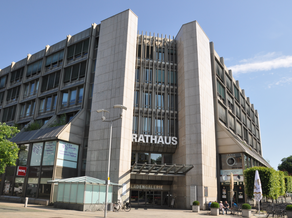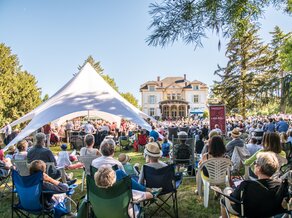Soil protection in the city of Bad Homburg is not just an end in itself, but is integrated into the objectives of planning and economic, social and ecological development.
Soil protection in Bad Homburg
In connection with the Soil Protection Act, the city of Bad Homburg is faced with the task of concretizing and implementing the soil protection goals already anchored in the law as well as in the regional land use plan and the landscape plan of the former Frankfurt/Rhine-Main conurbation planning association (now the regional association), which have now been expanded.
Soil protection goals
Adapted to the conditions in Bad Homburg, the following overarching objectives are to be pursued with regard to soil protection:
Saving land as a primary objective (quantitative soil protection)
Evaluation of soil functions to take soil protection concerns into account in planning (qualitative soil protection)
Establishment of a digital soil information system to bundle data and information Development of a land development report as land monitoring
Public relations work to develop "soil awareness"
Soil and soil classificationLarge view of the image "Soil and soil classification"
© City of Bad Homburg
Soil protection benefits
Soil protection in the city of Bad Homburg is not just an end in itself, but is integrated into the objectives of planning and economic, social and ecological development. Apart from the benefits for the soil and thus for its central position in the ecosystem, there are also financial, planning and immaterial benefits for the town of Bad Homburg. These can be cost savings in the areas of infrastructure, pre-financing, compensatory measures or investigation costs for contaminated areas, which in turn result in a reduced burden on the city's investment budget, freeing up space for other urgent expenditure. Furthermore, the attractiveness of the inner city in particular can be increased by optimizing land use, improving the social fabric of the city and optimizing the architectural and design aspects, thus preserving the typical character of the city in the long term.
Results to date
Concrete results of the soil protection concept from 2004 are
An assessment of the current state of the soil
An assessment of the current threat to the soil
An assessment of the soil quality and the development potential of the soil
The formulation of development goals, measures and indicators, decision-making tools for the consideration of soil protection in urban planning and everyday administration
An action program for soil protection



